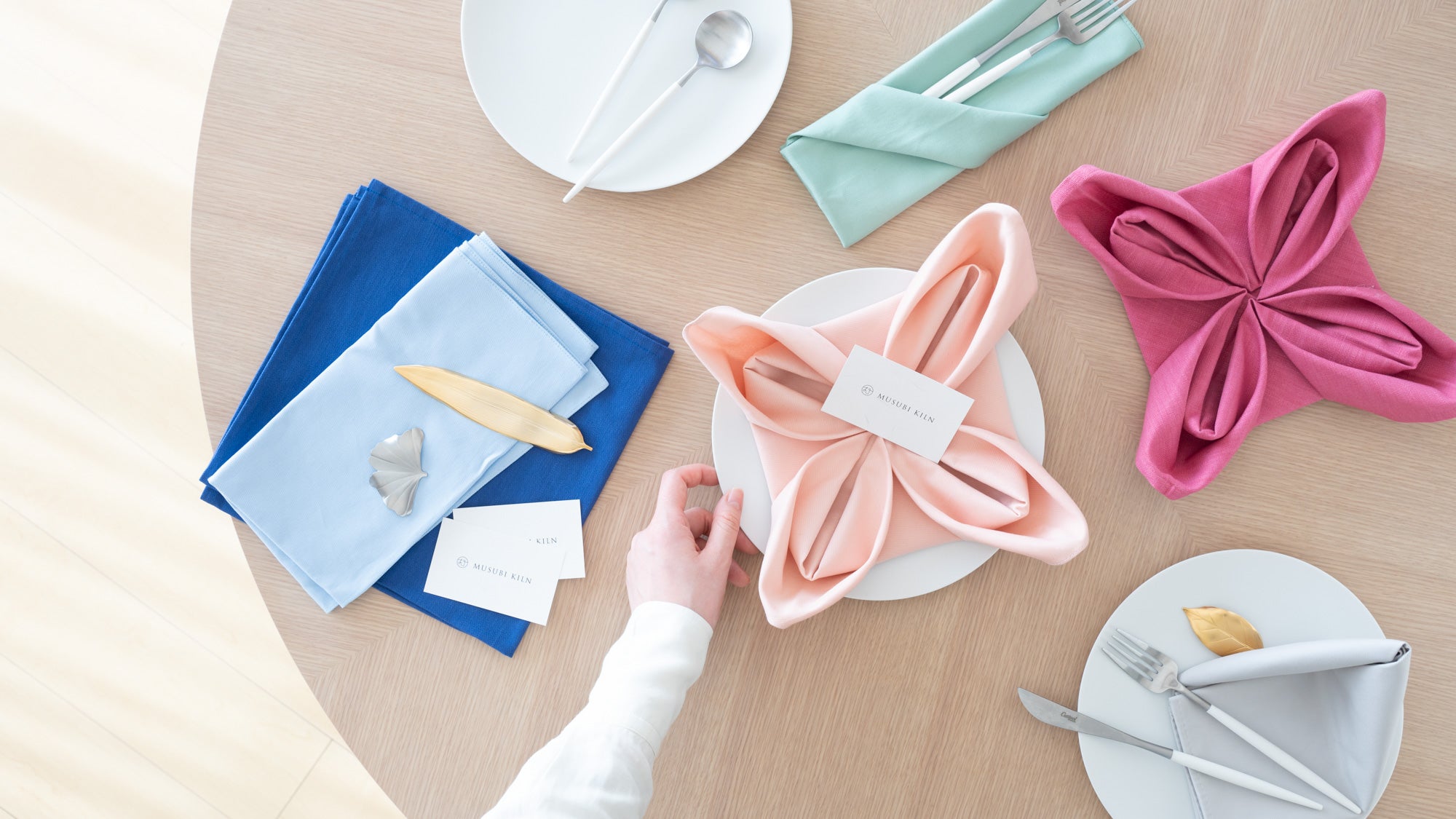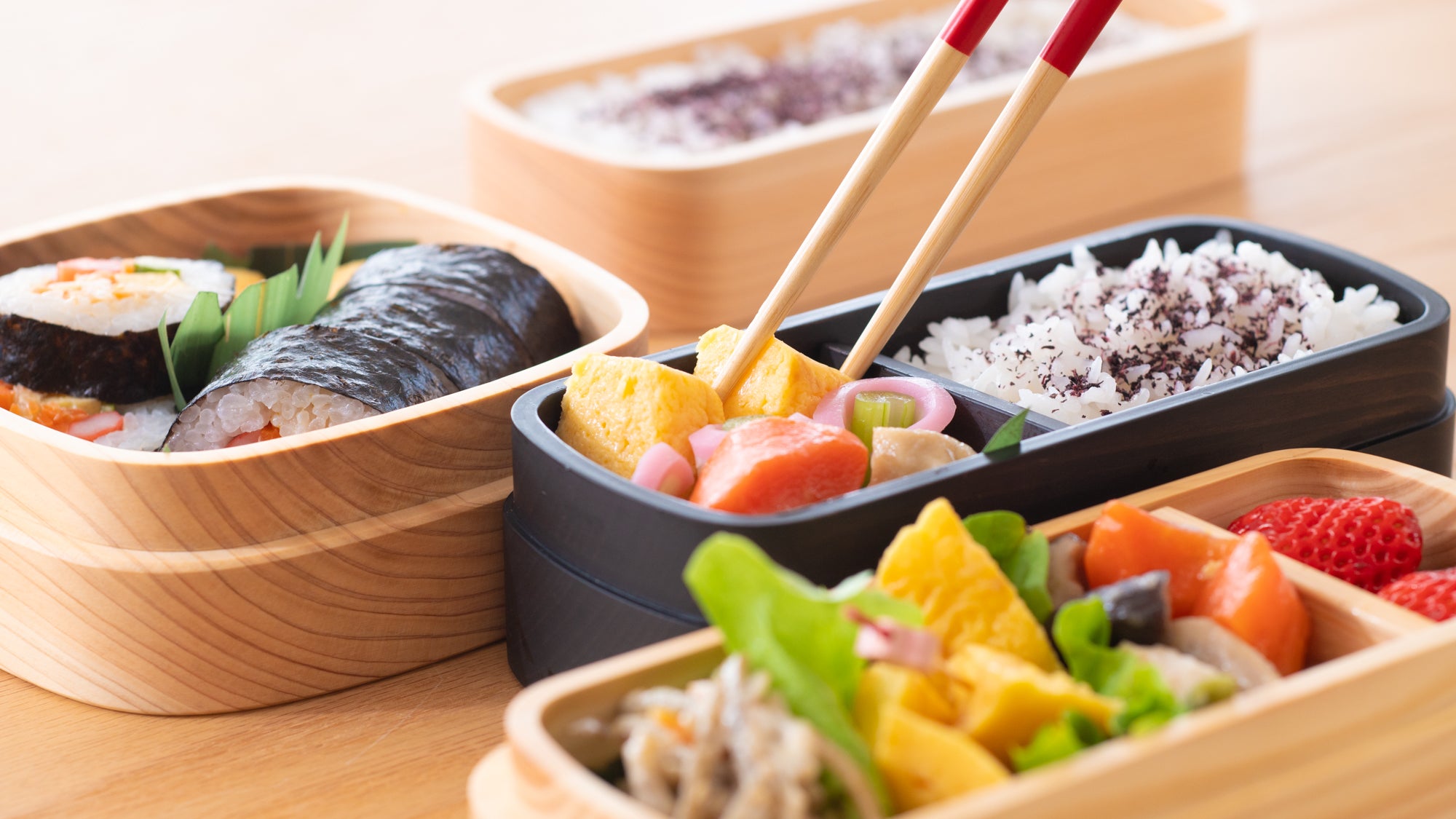27 February 2023
Japanese Spring Motifs to Know

In Japanese culture, the start of a new year is eagerly awaited with great anticipation and heralded in through the vibrant colors and growth of the season of renewal - that is, the season of Japanese springs. This special time sparks an abundance of activities and traditions such as "hanami (cherry blossom viewing parties)," "Hina Matsuri (Doll Festival)" and "Kodomo no Hi (Children's Day)." Spring is the season of rebirth and renewal, and this is reflected in the many motifs and symbols associated with this season in Japanese culture. These spring motifs are often depicted in Japanese art forms such as paintings, prints, and textiles, as well as in traditional Japanese crafts such as kimonos, and tablewares are no exception. Let's take a look at some of the motifs that have been painted and loved on porcelain, ceramics, and lacquerware.
Contents
- Sakura (Cherry Blossoms)
- Mimosa
- Butterfly
- Uguisu (Japanese Nightingale)
- Bamboo Shoot
- Canola Flower
- Heart-warming spring motifs
Sakura (Cherry Blossoms)

Sakura (cherry blossoms) is probably the first symbol that strongly evokes the arrival of spring in Japan. There are many varieties of sakura trees, with about 15 species growing in the wild alone. There are more than 300 varieties of cherry trees that have been improved for horticultural use, and they are planted in gardens of homes, parks of public facilities, and on streets. After a long, cold winter, the sight of sakura in full bloom reminds us of the rebirth and vitality of the natural world.
One of the main reasons why sakura continues to be loved in Japan is their beauty and elegance. With their delicate pink blossoms, they have been loved by Japanese artists and writers and have been depicted in countless works of art. The beauty of sakura is an important part of the Japanese aesthetic sense, which values harmony, simplicity, and natural forms.
Sakura also symbolizes important cultural values in Japan. One of these is the transience of life. It blooms for only a short period of time and eventually falls. The transience of sakura is a metaphor for the impermanence of all things, and has been a call to people to live in the present and appreciate the beauty of the world around them.
Another cultural value that sakura embodies is the importance of community and togetherness. Every year people all over Japan gather to celebrate the arrival of spring and the beauty of cherry blossoms. During this time of the year, the cherry blossom viewing spots are overflowing with people, as more and more tourists from overseas visit. Sakura provides a great opportunity for friends and family to get together, enjoy good food and drinks, and appreciate the beauty of nature with each other.
Mimosa

Originating in southeastern Australia, where it became known as a national flower, mimosa made its way across Europe and was widely grown as an ornamental tree during the 19th century. By the Meiji (1868-1912) era, this species had been imported to Japan from Europe and become a popular choice for gardens and parks. Today, these evergreen trees are common sights in everyday life with many people planting them in their yards or nearby parks.
Mimosa blooms from late winter to early spring, shortly before the cherry blossoms. Its bright yellow color and delicate fern-like leaves are striking, and the entire tree turns yellow during the peak blooming season, brightening the atmosphere around it. Used for a variety of purposes, including flower arrangement, garden decoration, and medicinal purposes, mimosa will continue to be a beloved flower in Japan.
 View Higashi Kiln Mimosa Series
View Higashi Kiln Mimosa SeriesButterfly

Butterflies have long been a symbol in Japan and are associated with a variety of meanings. In particular, it is regarded as a symbol of change and transformation. It is also associated with the concept of impermanence, which is fundamental to Japanese culture and philosophy. The butterfly's short life span and its complete transformation from caterpillar to beautiful winged creature are seen as a powerful metaphor for the transience of life and the impermanence of all things.
Butterflies are also frequently depicted in Japanese art, literature, and poetry, evoking the beauty, grace, and elegance of nature. They often appear in traditional Japanese patterns and designs, and the typical motif of "sakura and butterflies" is often used in textiles, ceramics, and other decorative objects.
While it is generally viewed as a positive symbol because of its transformative and beautiful characteristics, in the past it has also been considered ominous and sorrow-inducing. For example, during the Heian period (c. 794-1185), there was a popular belief that a butterfly entering a person's home was a sign that a visitor or messenger from the world of the dead was coming.
The mystique and beauty of butterflies have captured the hearts of many people, and it is evident that butterflies have been interpreted in many different ways, both good and bad.
Uguisu (Japanese Nightingale)

The Japanese Nightingale, also known as the Japanese bush warbler or "uguisu," is a small, olive-green bird that is native to Japan. It is known for its distinctive, melodic song, which has been celebrated in Japanese culture for centuries.
In traditional Japanese culture, the uguisu has been a popular symbol of spring and new beginnings. Its song is said to herald the arrival of spring and the new growth of plants and trees. The uguisu's sweet and delicate song has been compared to the sound of a "koto (a traditional Japanese stringed instrument)," and it has been praised in poetry, literature, and art throughout Japan's history.
One interesting story about the uguisu and Japanese culture involves the famous Japanese poet Matsuo Basho, who lived in the 17th century. Basho is widely regarded as one of the greatest poets in Japanese history, and his works often feature the uguisu and other elements of nature.
One of his famous haikus, "uguisu no kasa otoshitaru tsubaki kana" can be translated as:
"The bush warbler's hat
has fallen to the ground
camellia blooms"
It means, "A bush warbler is singing in the garden. In the midst of it all, a camellia flower fell as if the bush warbler had dropped a beautiful flower hat." The combination of the bush warbler and the camellia gives us a sense of the tranquil warmth of early spring in this haiku.
 View Item
View ItemBamboo Shoot

Bamboo shoots, which remind us of the coming of spring, are called "Takenoko" in Japan. However, because they grow fast and quickly become bamboo, fresh bamboo shoots can only be enjoyed for a limited period of time. The most common edible bamboo shoots in Japan are from March through May.
They are dug up and picked because they are tender and delicious when they have just emerged from the ground or not yet emerged from the ground. Bamboo shoots are a plant that is said to grow several tens of centimeters to a meter in a day. They grow very quickly, so it is important to know when it is time to dig them up. Freshness is the name of the game, and only freshly dug bamboo shoots can be eaten raw. The longer it is left raw, the more bitter it becomes, and the harder it becomes, so it is usually eaten after it has been pre-boiled.
Bamboo shoots can be boiled, fried, or eaten as "takikomi gohan (rice cooked with vegetables and meat or fish)." Bamboo shoots are truly a representative delicacy of spring.
Canola Flower

Every spring, canola flowers, also known as "nanohana," make a special appearance in many traditional Japanese meals, particularly those served on "Hina Matsuri (Doll Festival)." At the best time to eat them - just before the yellow flowers bloom - the taste is bittersweet and has a distinctive aroma. It is commonly served as "ohitashi (boiled greens)" or dressed with spicy mustard. Alternatively, it can be lightly stir-fried with soy sauce and seasonings such as garlic and ginger, or added to salads.
When these canola flowers come into full bloom around Japan, events are often arranged to view the spectacular fields that stretch out bright yellow all over the area. For a truly unique spring experience, visit one of these sites; it is sure to heighten your appreciation of this seasonal food!
Heart-warming spring motifs

By embracing Japanese spring-inspired elements, you can bring an authentic piece of Japanese culture and nature into your home. These ideas will help create a cozy atmosphere that celebrates the magnificence of this season!
In addition to the motifs shown here, the Spring Collection also includes tableware in designs and colors that evoke a sense of spring. We hope you will try accenting your table settings with them.












